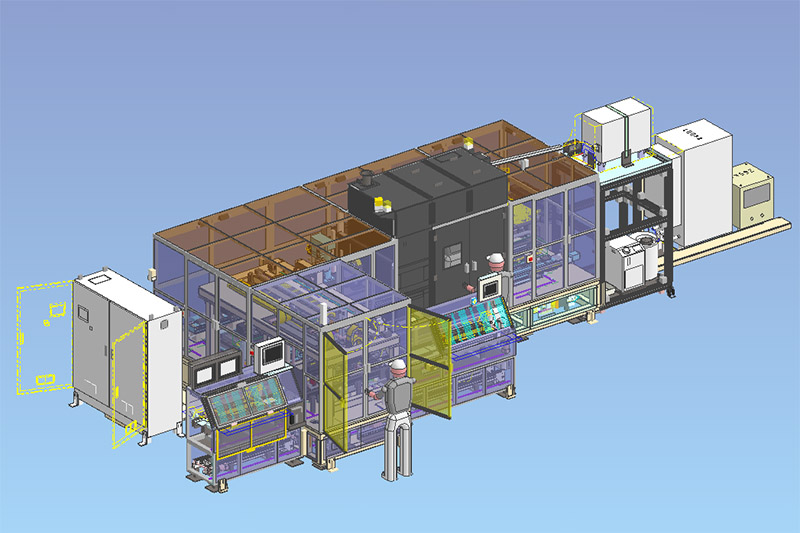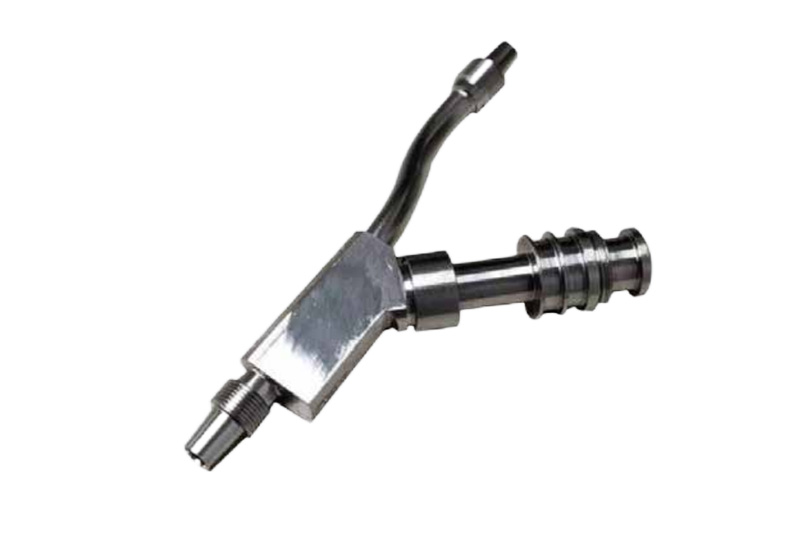Computer Numerical Control (CNC) machines are computer-programmed automated tools used in manufacturing to monitor and control movements and machine operations. Many manufacturing companies, including automotive, aerospace, and prototyping, use these machines to enhance their products and processes.
The best part is that CNC machines offer accuracy and precision, producing parts with tight tolerances while maintaining uniformity and quality. Once you understand how they operate, they’re also not that challenging to use. Machining Small Parts

This guide covers the basics of CNC machining, including the types, components, key considerations, and application. Read on for more information.
In the past, manufacturing and machining were done manually, resulting in slow and ineffective processes. Nowadays, with the help of CNC machining, operations have been automated, enhancing productivity, efficiency, and safety. This automation allows for the control of any process that can be programmed into a computer. CNC machines can work on various materials, including brass, steel, nylon, aluminum, and ABS.
The process begins with creating a computer-aided design model (CAD) and translating it into a series of instructions using computer-aided manufacturing software. These instructions guide the machine’s movement, necessitating accurate details and measurements.
After placing the workpiece on the machine’s worktable and installing the cutting tool in the spindle, the program is executed. The CNC machine will then read the instructions from the control panel and perform the cutting operations accordingly.
They contain various essential parts, such as spindle, motors, worktable, and control panel, without which they may not be operational. Each component has different roles. For instance, the worktable provides a stable surface for the workpiece during cutting. In milling operations, the router serves as the cutting tool.
Let’s now delve into the different types of CNC machines available.
There are various CNC machines, each with specific capabilities and used for different applications. The types are categorized into two main groups:
They’re a type of milling or router machine that requires three axes, X, Y, and Z, to operate. The X-axis corresponds to the horizontal, left-to-right movement of the cutting tool. The Y-axis runs vertically in up and down or forward and backward motions. On the other hand, Axis Z represents the axial movement or depth of the cutting tool, controlling the up-and-down movement of the machine.
There are three main types of CNC machines under this category. They include the following.
It involves fixing the workpiece with a vice, which holds it stationary as the cutting tools rotate at high speed to remove excess material and produce the desired design. These machines are more convenient when forming geometric shapes.
Unlike CNC milling, where the cutting tool rotates to remove excess materials, it remains stationary in CNC turning machine while the workpiece rotates in the spindle. It’s your best option if you want to produce cylindrical containers or materials with tight tolerance.
Multi-axis or 5-axis CNC machining is basically CNC milling and turning with additional degrees of freedom. They have more than three axes, allowing flexibility and enhanced capabilities for manufacturing complex contours and geometries
The common types of multi-axis machining include the following.
It’s also known as the 3 + 2 CNC milling and rotates the workpiece around the additional axes, A and B, to a stationary position. Depending on the CAD model, the tool rotates about the three axes making cuts around the workpiece.
Continuous 5-axis milling operates similarly to indexed 5-axis milling. However, indexed and continuous 5-axis milling differ in that the workpiece rotates around axes A and B, although the operation, unlike in indexed 5-axis, where they’re held stationary.
These are a combination of CNC turning and milling machines. The workpiece moves around on the rotation axis for turning operations and is held stationary at a precise angle for milling operations. They’re more productive, flexible, and the best option when dealing with components requiring several machining operations.
These are the most common types of CNC machines you can find in many manufacturing firms today. However, there are still others, like CNC drilling, electrical discharge machining, and gear hobbing, all used for different operations.
Selecting the best CNC machine for your manufacturing operation requires careful consideration of several factors, not just the type of operation you want to conduct.
Therefore, you can select a CNC machine that not only meets your manufacturing needs but also fits within your budget and facility constraints.
CNC machining takes manufacturing operations to another level. It has many benefits, including massive production, accuracy, and precision, as it automates and simplifies applications.

Making An Injection Mold However, you must first understand the basics of CNC machining, including the components and types available, before you start using them. It’ll ensure you get the best machine to suit your application and manufacturing operations.